When we write about great deposits they are most often well known mines with long established pedigrees and histories of daring exploration in isolated locations. But not all great deposits are located in the middle of nowhere. Nor are they all behemoths from the distant past. A prime example of this is Ivanhoe Mines’ Kamoa-Kakula project in the Democratic Republic of Congo. In 2003 it was a very grassroots property covered by a skiff of Kalahari sand and located just beyond the known boundaries of the Central African Copperbelt. By 2008 encouraging drill results were coming in and by 2013 the project boasted 740 Million tonnes of 2.67% copper. As of May 2017, the indicated and inferred resources total more than 1.3 billion tonnes with more than 36 million tonnes of contained copper – making it the largest copper discovery on the African continent. And the project is still growing.
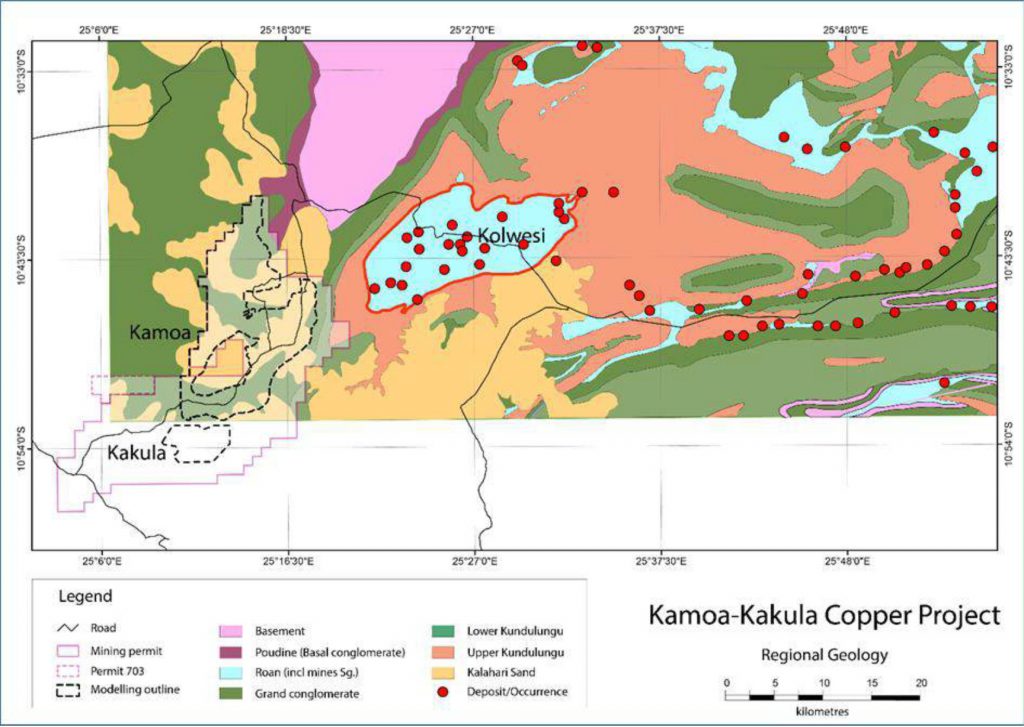
The irony is that this deposit wasn’t supposed to be there in the first place and the whole area had been written off as barren for decades.
The Central African Copperbelt had been thought to end in the vicinity of the city of Kolwezi, some 30 kilometres to the east, but geologists noted that the key mineralizing signature, a redox boundary at the base of ancient sediments, continued on to the west. So Ivanhoe undertook a grassroots exploration program, involving geophysics, soil sampling, and exploratory drilling and with luck, geological intuition and a generous dollop of cash, a new and extremely rich district was discovered.
Geology
The geology of the Kamoa and Kakula deposits, which together make up the Kamoa-Kakula project, differ from the known Copperbelt styles in that mineralized zones are located stratigraphically above the traditional mine horizon known as the “Roan shale”. At Kamoa mineralization occurs at the base of a diamictite – a sedimentary rock made up of a variety of different particle sizes. At Kakula, mineralization occurs in a siltstone layer just above the Roan contact.
There are two other notable differences between these deposits and others with in the belt. First, the rocks at Kamoa-Kakula do not contain the cobalt that is common in other Copperbelt deposits. Second, the copper is solely contained within sulfide minerals such as chalcocite (Cu2S), bornite (Cu5FeS4) and chalcopyrite (CuFeS2) and the copper oxide units typical of other Copperbelt deposits are not present.
The sediments containing the deposits have been gently folded into a series of domes and basins, with domes exposing the redox boundary at surface, and the basins hosting the mineralization. The area has been cut by post-mineral faulting which has disjointed but not dismembered the deposits.
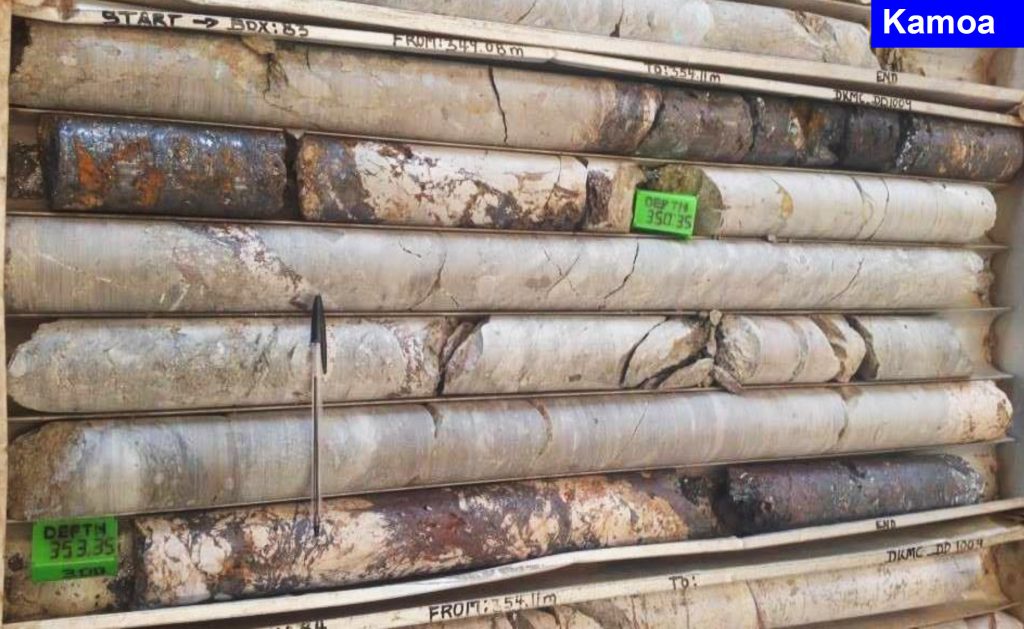
Mineralization follows a distinct pattern of sulfur poor to sulfur rich with chalcocite, grading into bornite, grading into chalcopyrite, closest to the overlying pyritic shale. Where exposed at surface, the copper has been leached out, but further down dip forms a chalcocite supergene blanket. Alteration is very subtle as the highest regional grade is greenschist (chlorite), and the sediments are essentially unmetamorphosed. Carbonate alteration indicating low temperature fluid flow is present, comprising up to 5% of rock mass, and hematite, k-feldspar and epidote have been noted. Albite alteration is present near fault zones.
Development
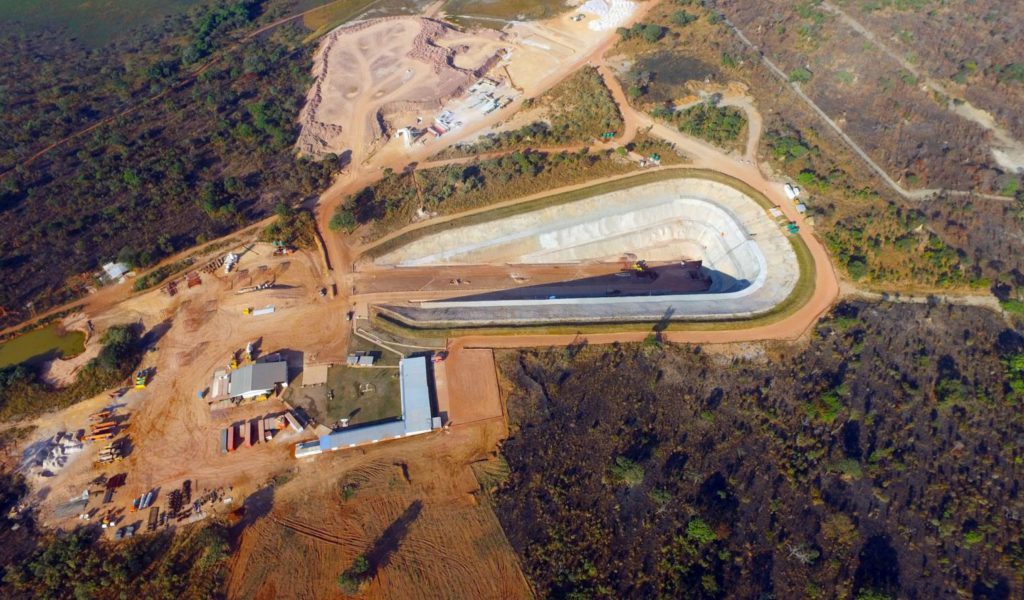
Since discovery, development has proceeded apace, with a large boxcut decline under construction at Kamoa, and further drilling planned at Kakula. Ivanhoe has brought a major partner on board in the form of Zijin Mining. Mining in the DRC is never easy, but this project is a standout for the quality of resources, and quality of team. It is also is a supreme example of something all to rare in today’s world; a team given the chance and the backing to really get to know and develop a prospect from the grassroots.
Further Reading
- Kakula 2016 Preliminary Economic Assessment, January 2017 (PDF)
- Kamoa–Kakula 2016 Resource Technical Report, November 2016 (PDF)
- The Kamoa Copper Deposit, Democratic Republic of Congo: Stratigraphy, Diagenetic and Hydrothermal Alteration, and Mineralization (Download Link)
Subscribe for Email Updates

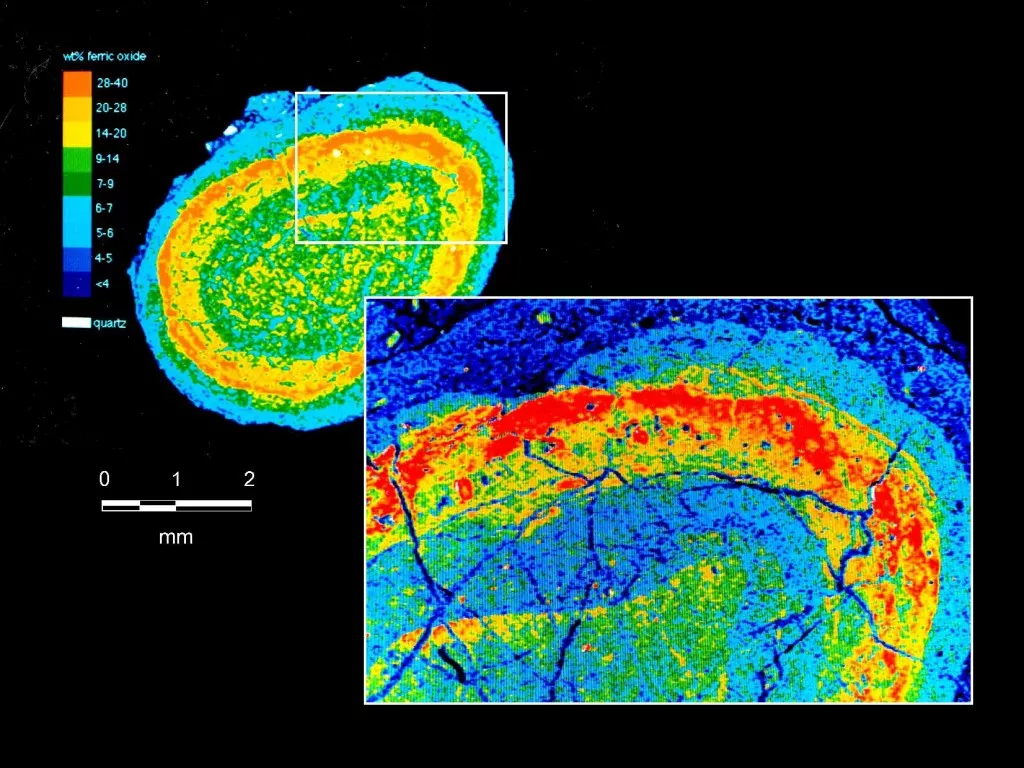
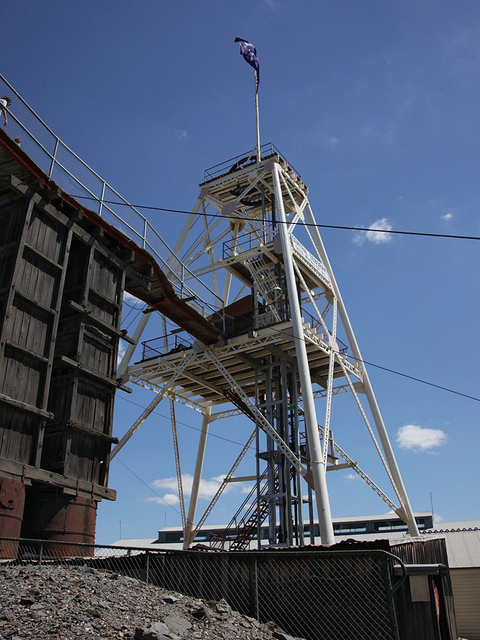
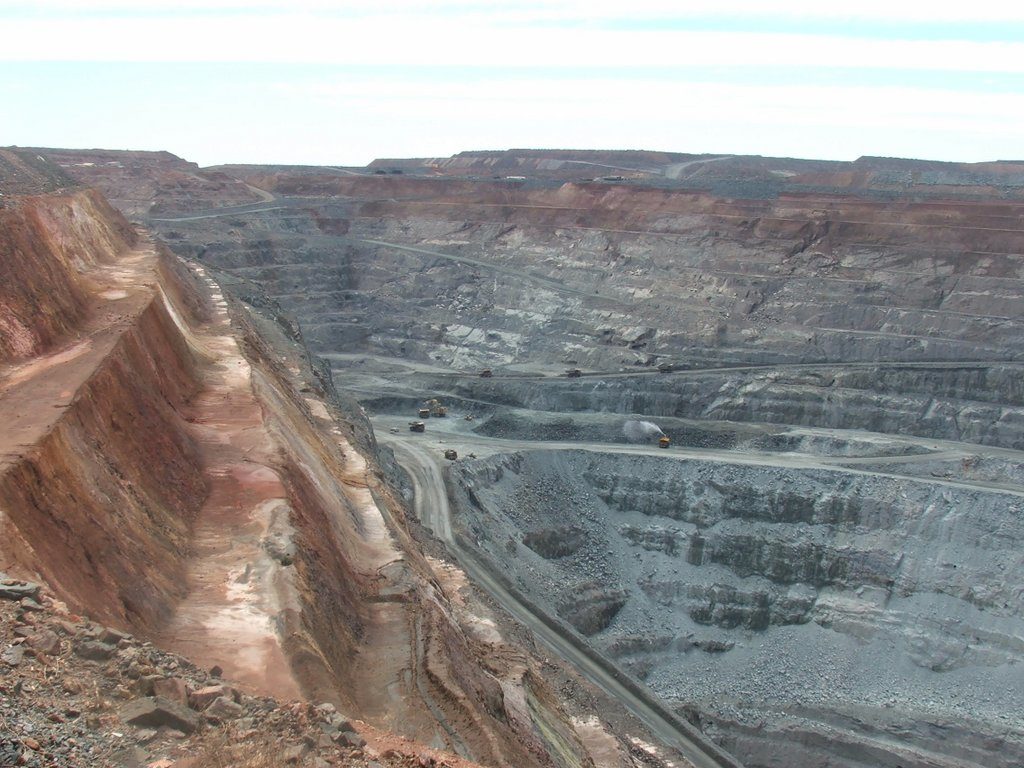
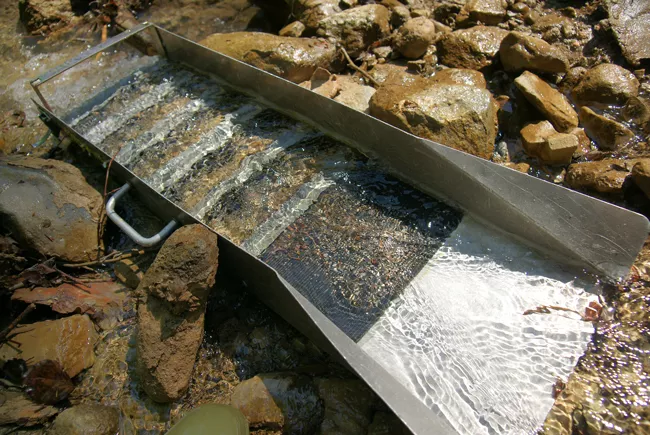

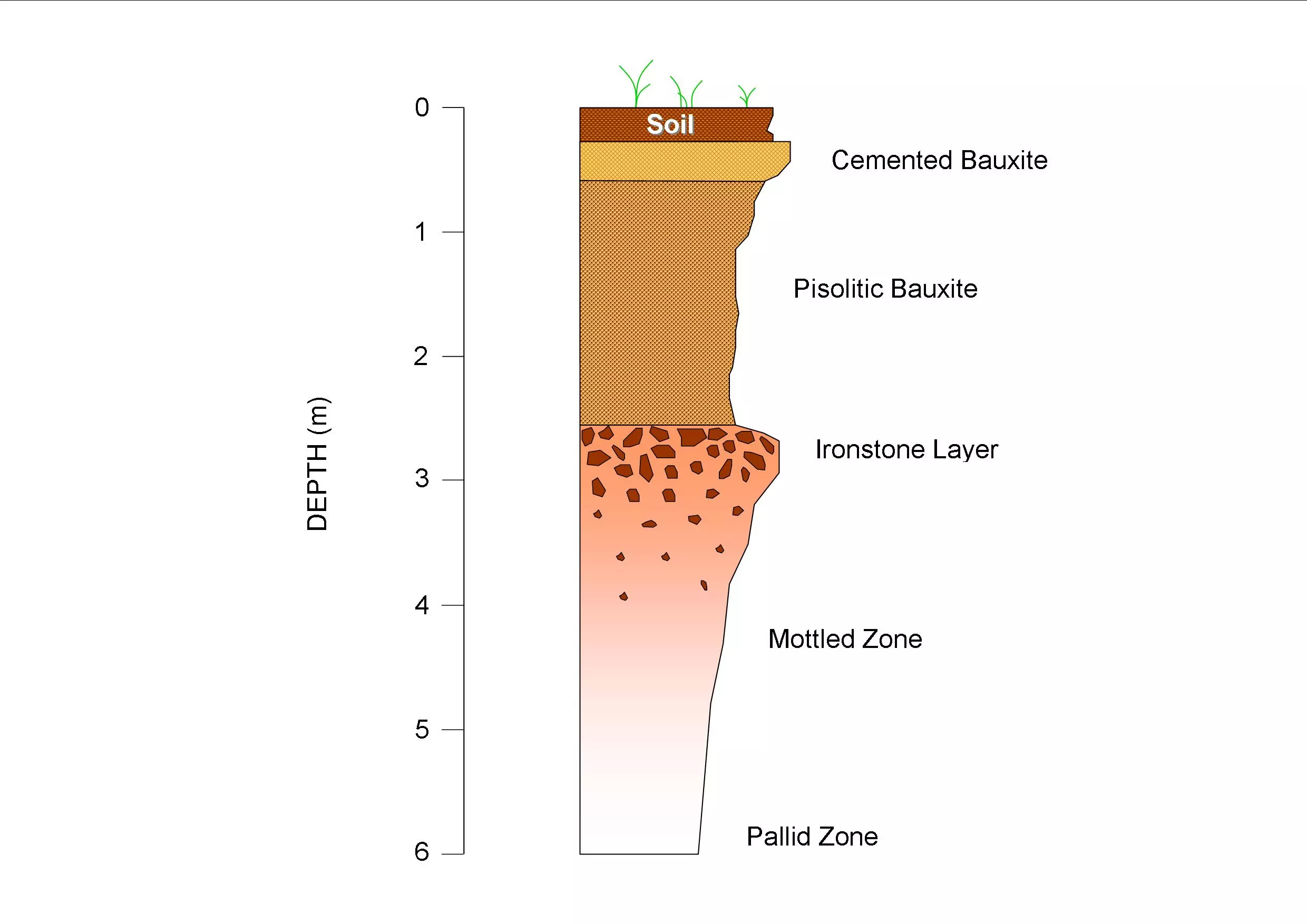
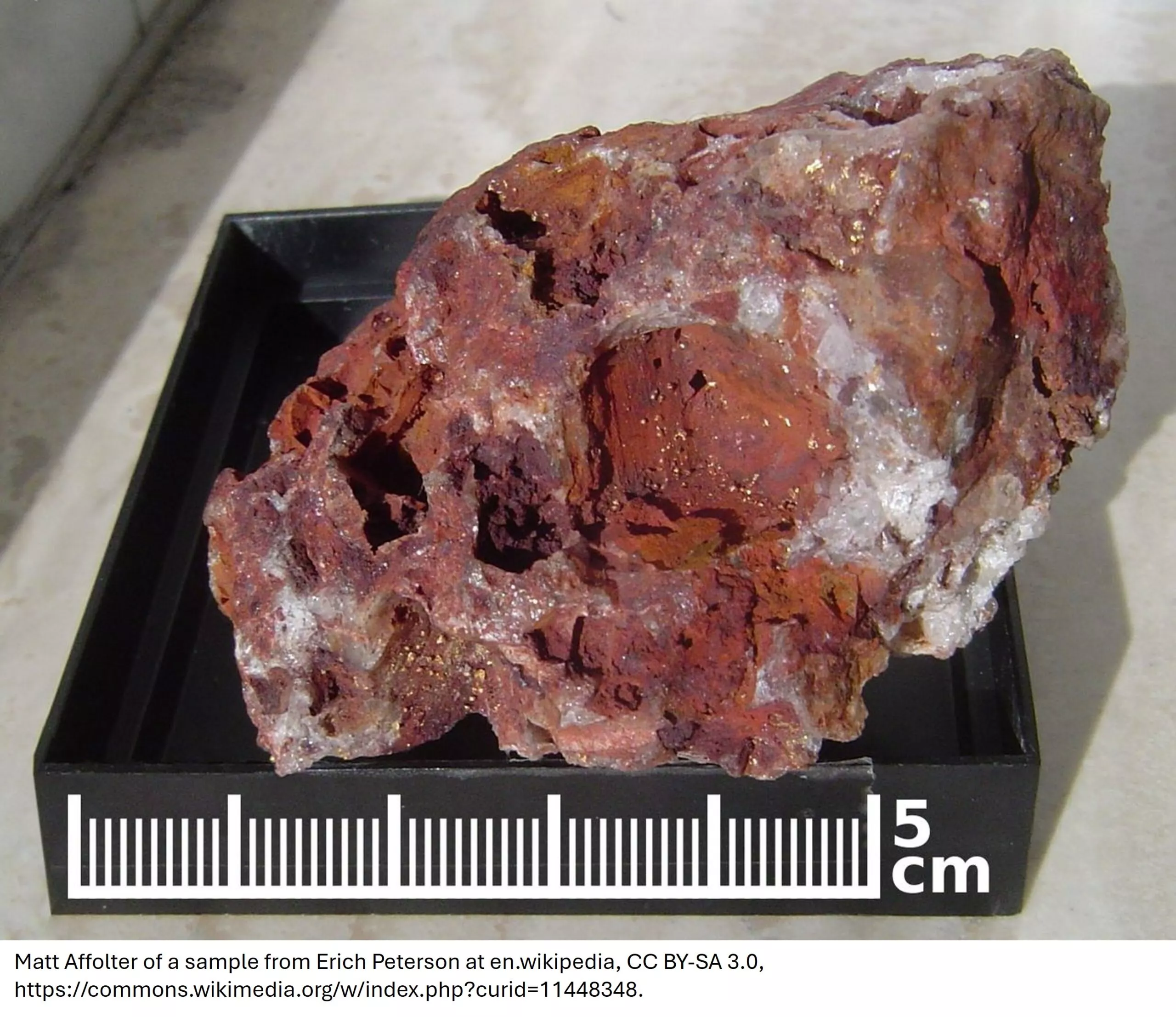
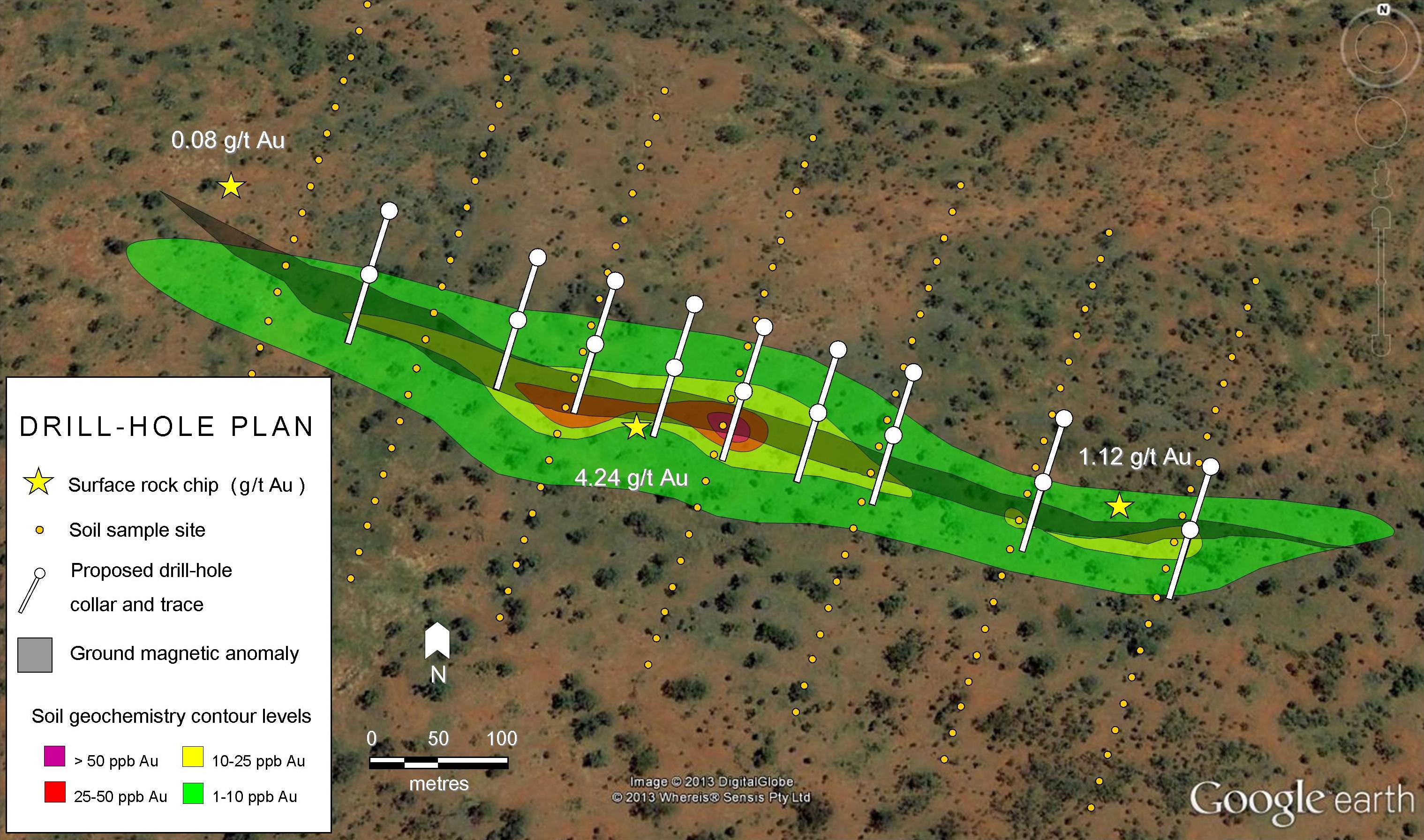
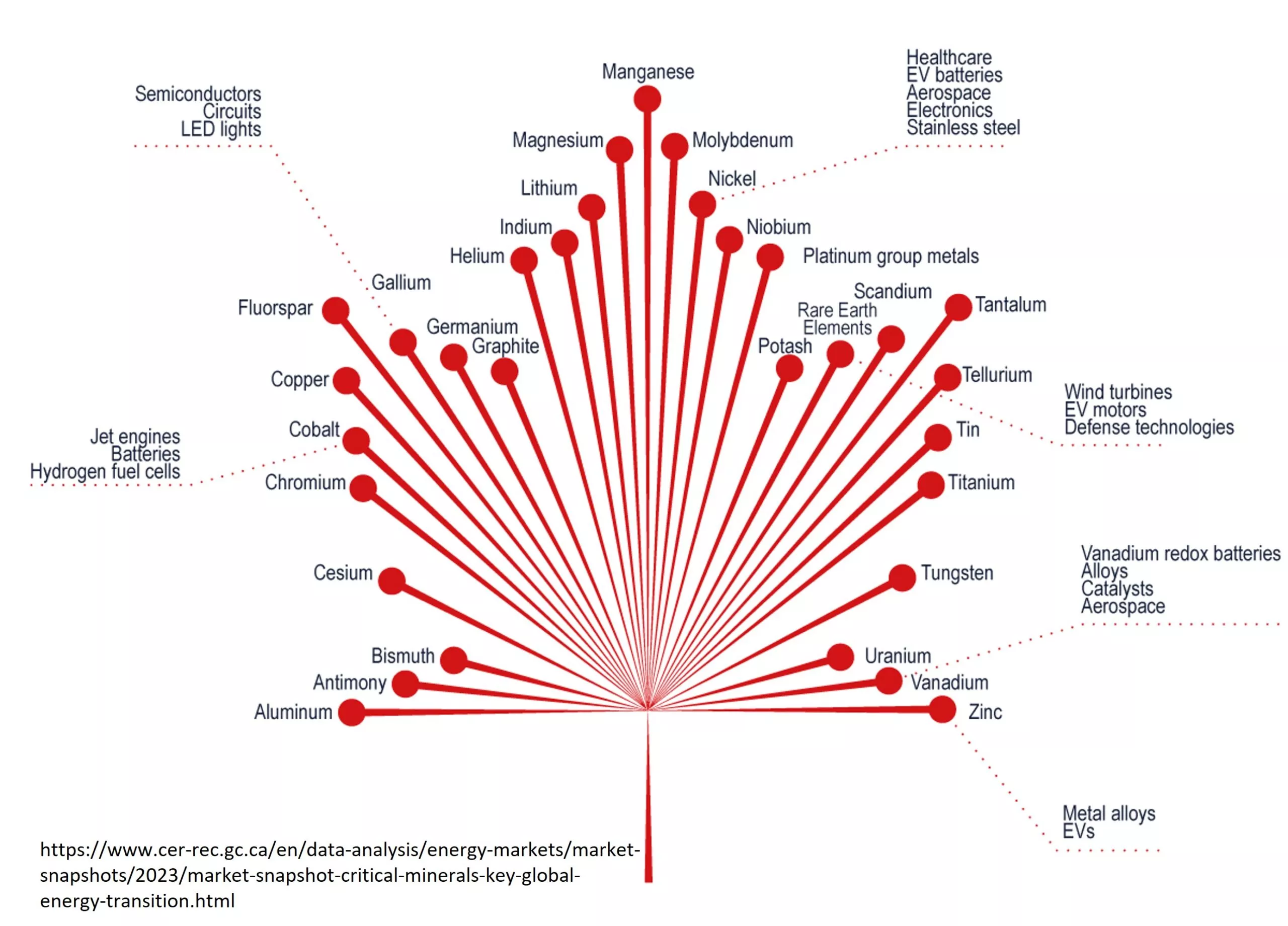
What kind of mining works available in Kamoa-Kakula project?